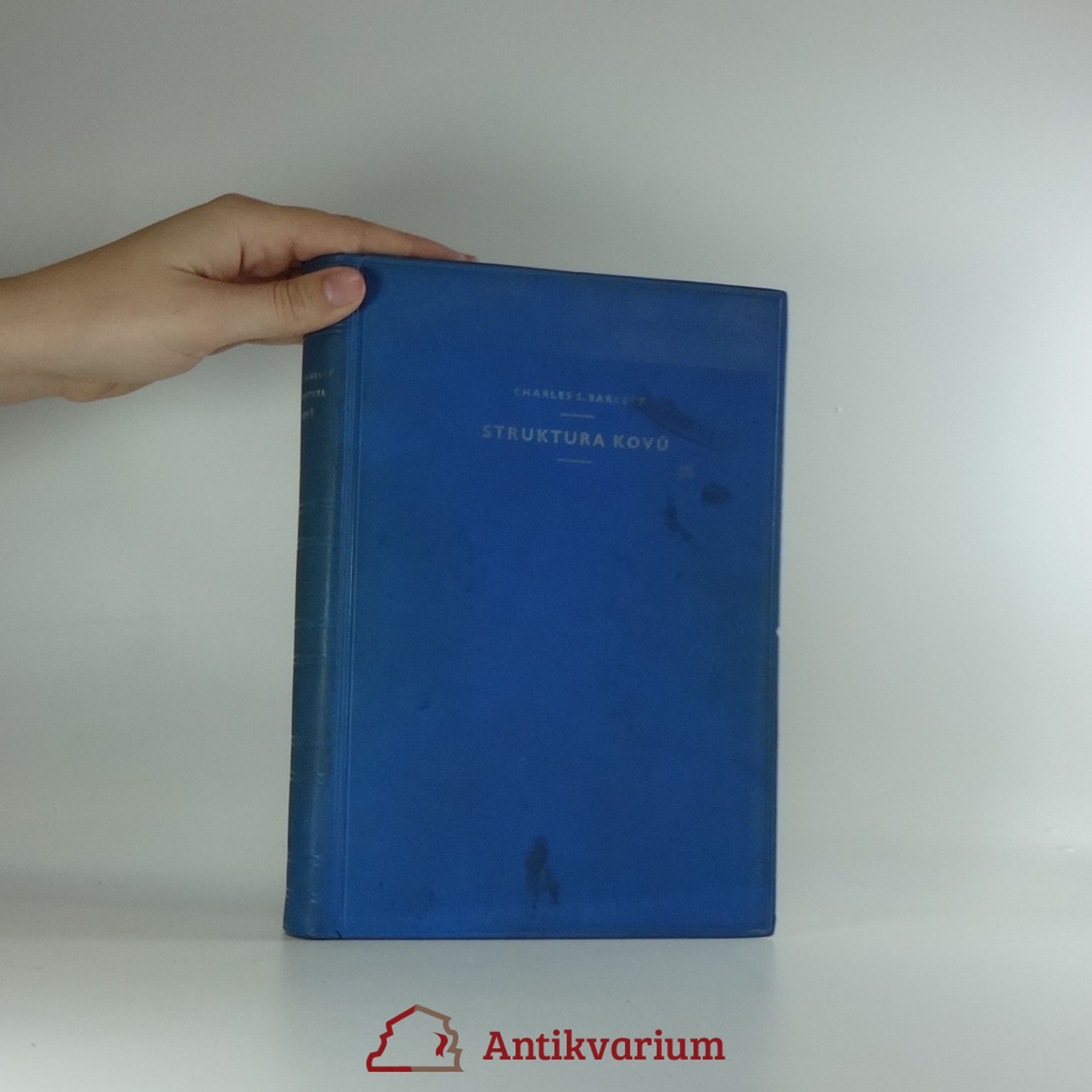Charles S. Barrett Libros
Charles Barrett fue una figura pionera en metalurgia de rayos X, revolucionando la caracterización de metales y aleaciones a nivel atómico a través de la difracción de rayos X. Desarrolló un importante método topográfico para la evaluación de metales, ahora reconocido como el Método Berg-Barrett, y es autor de un texto fundamental sobre difracción de rayos X y metalografía. Su trabajo fundamental comenzó en el Laboratorio de Investigación Naval de EE. UU., y su experiencia influyó posteriormente en instituciones de todo el mundo.
